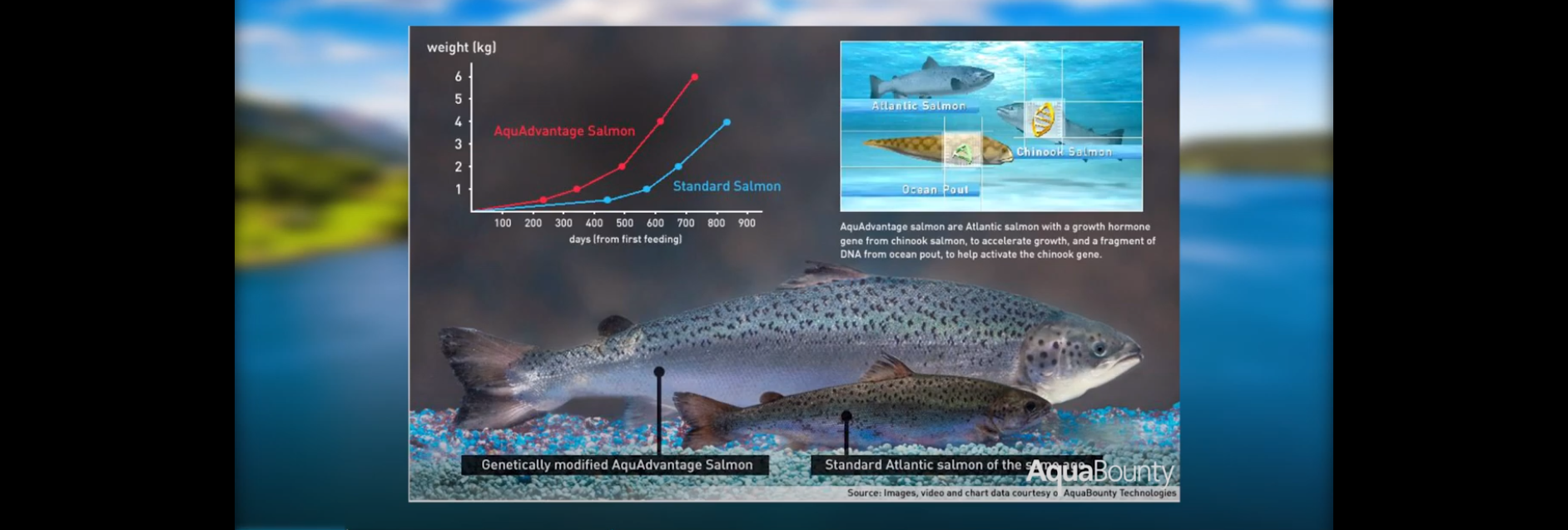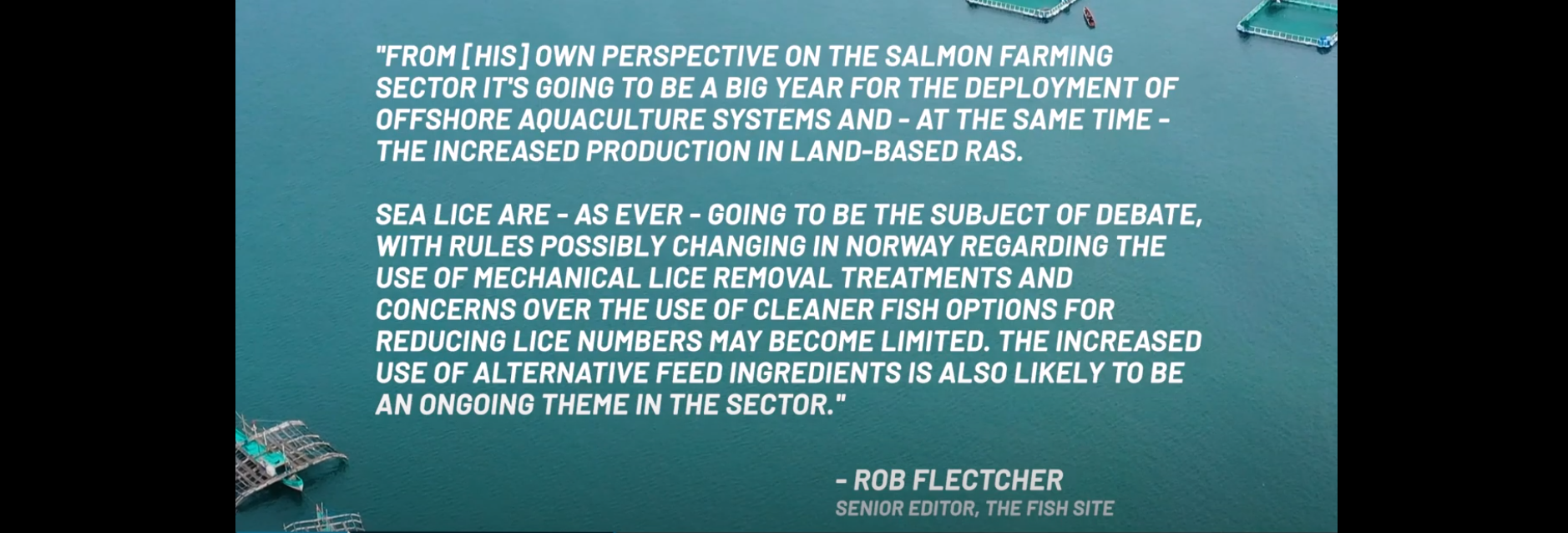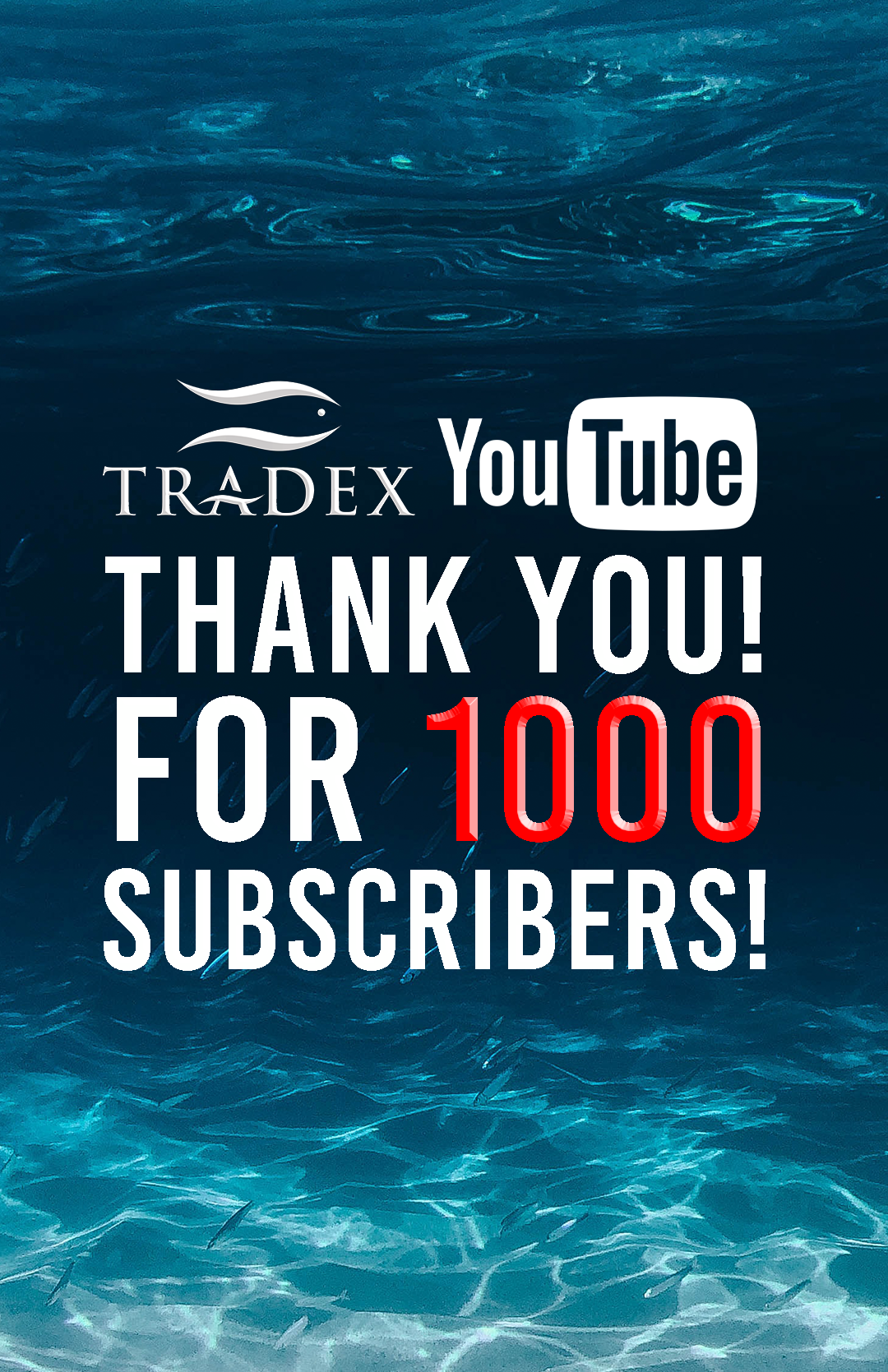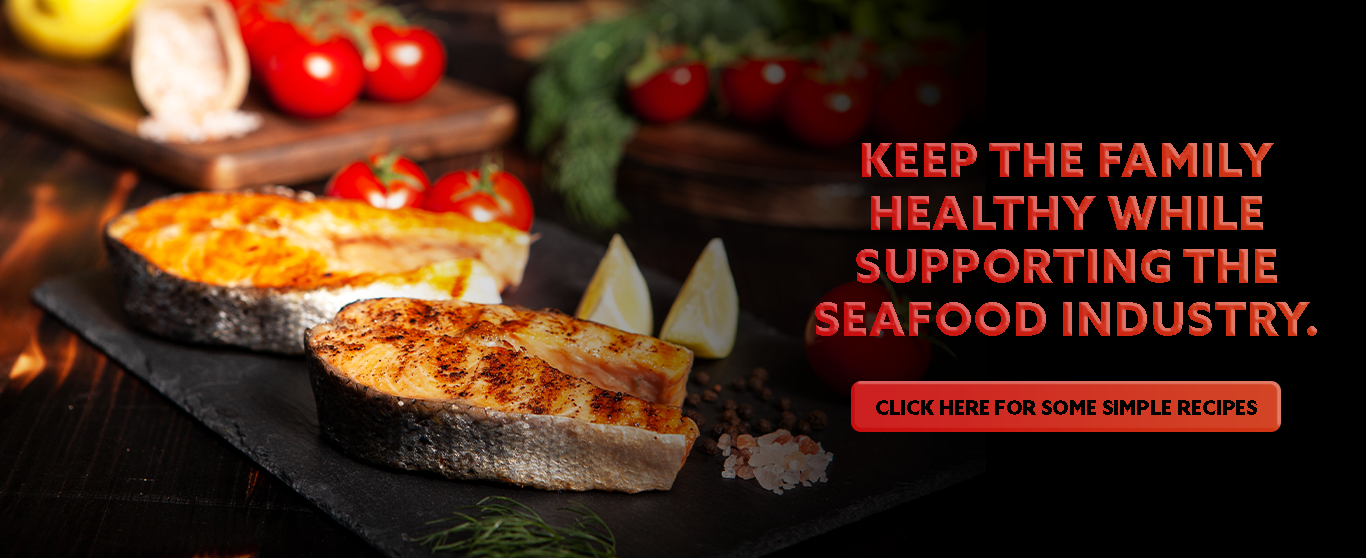
Loading
EP 498 | AIRED 07/27/2020
Not All Farmed Salmon Are Created The Same; The Future of Farmed Salmon
July 27th, 2020 In this week's episode we explore the Farmed Salmon Market for both the present and the future landscapes and also investigate a range of Salmon products to conclude that not all Farmed Salmon are created the same.
--- The Farmed Salmon Market is extensive.
According to Kontali Salmon Data, the Global Atlantic Salmon market is estimated to produce 2.4 million metric tonnes of Salmon annually and worth an estimated $16.7 billion dollars according to FAO Statistical Data.
The industry ranges from larger players such as Mowi and Lerøy who annually produce over 400,000 and 180,000 metric tonnes respectively, to smaller operations such as Atlantic Sapphire and New Zealand King Salmon who produce around 10,000 tonnes annually.
--- For this report we selected four Farmed Salmon companies with products that were slightly different from each other to provide a range.
These companies are Atlantic Sapphire, Leroy, New Zealand King Salmon, and AquaBounty.
For full transparency - none of the content in this report is sponsored and some Farmed Salmon Producers opted not to participate in disclosing information about their products for this exercise.
Atlantic Sapphire produces an Atlantic Salmon Inland that is marketed as all natural and sustainably raised in their bluehouses (which is their aquaculture equivalent of greenhouses).
Leroy produces an Atlantic Salmon in Open-net Pens that contains a higher level of omega-3 than branch average, zero antibiotic use, and contains lower levels of toxins than fatty wild fish (including wild Salmon).
New Zealand King Salmon produces a King Salmon in Open-net Pens and is marketed as a rare unique breed with a 20-plus year specific breeding program, that selects only the best culinary traits such as High Oil Content, Striking Marbled Fat Lines, Bright Orange Flesh, Sweet and Umami Flavours, Buttery Texture.
And lastly we have AquaBounty, who is best known for breeding the world's first genetically modified fish by combining a gene from a Wild Pacific Chinook Salmon and an Ocean Pout with the genetic structure of an Atlantic Salmon for the purpose of accelerating its growth.

AquaBounty is producing their AquAdvantage Atlantic Salmon inland that is marketed as a nutritious, affordable Atlantic Salmon raised in a safe, secure and sustainable way that is free of antibiotics, microplastics and contaminants.
Although AquAdvantage Salmon is not currently being sold they are forecasting for the first harvest of this Salmon for quarter 4 of 2020.
When comparing these 4 products, it was interesting to see the similarities and differences such as all 4 Atlantic Salmon Products were produced with zero antibiotics, hormones, pesticides, synthetic pigments.
In fact, according to SeaWestNews there has been "a 50 percent reduction in the use of antibiotics over the past 7 years".
In speaking to Damien Clare with Atlantic Sapphire he advises that "Some farm sites are antibiotics free and some are still using them" and that for Norway they have been antibiotic free for a few years now, and in Chile some farms are now antibiotic free since last year.
With regards to contaminants from PCBs, all four companies monitor and perform regular testing to government regulation standards.
PCBs in farm-raised Salmon come from the feed so if you have concerns about PCBs, be sure to ask the producer for a breakdown of what the Salmon are fed.
It is important to note here that PCBs are also found in Wild Salmon as well.
One of the major differences can be seen in the Salmon's time to harvest where for example, Atlantic Sapphire's Atlantic Salmon (which is produced inland) take 18-20 months from egg to harvest compared to Leroy's Atlantic Salmon (which is produced in Open-net Pens) take 26-28 months from egg to harvest.
In speaking to Leroy they advised that "[they] are now in the midst of implementing a large smolt-strategy, where [they] keep the fish on land based recirculating facilities (RAS) until they have a weight of 300-500 grams. That, [they] believe, [will make] a stronger and more robust fish, that will have lower mortality rate, stronger sea lice resistance and higher quality."
Lastly, as a point of on-going debate on Sea Lice and whether fish farming should be moved to RAS facilities inland, both Atlantic Sapphire and AquaBounty do not have issues with Sea Lice because Land-based RAS's do not have Sea Lice.
However, in talking to New Zealand King Salmon (who farm their Salmon in Open-net Pens), advised they do not have Sea Lice issues in New Zealand.
If you would like to see the full feature set between these 4 products, we have prepared a comparison sheet which you can download from this link.
--- As for an outlook on the Farmed Salmon industry over the next year, we spoke to The Fish Site Senior Editor Rob Fletcher.
He advised "From [his] own perspective on the Salmon farming sector it's going to be a big year for the deployment of offshore aquaculture systems and - at the same time - the increased production in land-based RAS. Sea lice are - as ever - going to be the subject of debate, with rules possibly changing in Norway regarding the use of mechanical lice removal treatments and concerns over the use of cleaner fish options for reducing lice numbers may become limited. The increased use of alternative feed ingredients is also likely to be an ongoing theme in the sector."
The Fish Site was recently acquired by Hatch Blue, the world's first sustainable aquaculture accelerator, which has invested in over 30 companies with a range from aquaculture innovations, biotechnology, to data intelligence with such names as Impact9, Manolin and Montana Microbials.
--- Looking ahead even further at the aquaculture industry, a new paper led by American University researcher Dr. Jessica Gephart was just released where the team developed scenarios to evaluate the future of aquaculture and its potential role in human nutrition.
A visual they produced shows four scenarios: Food Sovereignty, Blue Internationalism, Aqua-Nationalism, and Aquatic Chicken.
Food Sovereignty is sustainable local production by smallholders within local context resulting in lower production, higher prices, and globally more diverse species.
Blue Internationalism focuses on high-tech, high volume production within local context with strong environmental regulation resulting in more diverse species locally and globally.

Aqua-Nationalism is production oriented to domestic markets with limited technology and knowledge transfer resulting in reduced local choices and higher food prices.
And finally the Aquatic Chicken focuses on mass production at low cost with limited environmental regulation resulting in production focused on few highly-productive species.
We've also provided a link to this paper here.
--- No matter where you stand on wild capture seafood vs aquaculture, my recommendation is that you keep a pulse on what the aquaculture industry is working on.
We have all seen what can happen when venture capital backed tech start-ups develop successful companies - ie Silicon Valley.
As investors continue to look for new opportunities, it was only a matter of time before they noticed how much untapped potential there was in the seafood industry.



